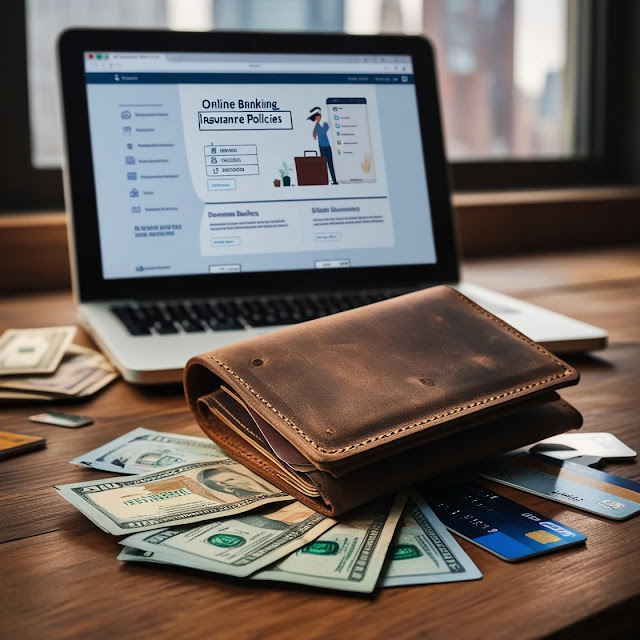Wallet Security and the Role of Community Feedback
In today's digital landscape, wallet security is paramount as the number of online transactions continues to rise. As users entrust their sensitive information and assets to digital wallets, ensuring their safety has become a pressing concern. This is where the role of community feedback comes into play. By sharing experiences, users can inform one another about the strengths and weaknesses of various wallets, ultimately fostering a more secure environment for everyone. In this article, we will explore the intricacies of wallet security, the importance of community engagement, and how collective knowledge can help users make informed decisions to protect their digital assets.
 |
| Wallet Security and the Role of Community Feedback |
Understanding Wallet Security Basics
Wallet security refers to the measures and practices employed to protect digital wallets from unauthorized access and theft. Digital wallets store users' sensitive information, including private keys, passwords, and financial data. As these wallets become targets for cybercriminals, understanding the foundational principles of wallet security is essential. The key components include encryption, multi-factor authentication, and regular updates. By implementing these measures, users can significantly reduce the risks associated with using digital wallets.
Types of Digital Wallets
Digital wallets come in various forms, each offering distinct security features and user experiences. The main types include:
- Hot Wallets: These wallets are connected to the internet and allow for quick transactions. However, their constant connectivity makes them more susceptible to hacking.
- Cold Wallets: Cold wallets are offline storage solutions, such as hardware wallets and paper wallets. They provide enhanced security but are less convenient for frequent transactions.
- Mobile Wallets: These wallets are apps on smartphones, providing easy access to funds while integrating biometric security features.
- Desktop Wallets: Installed on personal computers, desktop wallets offer a balance between convenience and security, with advanced encryption options.
Common Vulnerabilities in Wallets
Understanding common vulnerabilities in digital wallets is crucial for enhancing wallet security. Some prevalent vulnerabilities include:
- Phishing Attacks: Cybercriminals often use deceptive emails and websites to trick users into revealing sensitive information.
- Malware: Malicious software can compromise the security of wallets, leading to unauthorized access and fund theft.
- Weak Passwords: Many users fail to use strong, unique passwords, making their wallets easy targets for attacks.
- Inadequate Backup Practices: Failing to back up wallet data can result in permanent loss of funds if the wallet is compromised or lost.
The Importance of Community Feedback
Community feedback plays a vital role in enhancing wallet security. When users share their experiences with different wallets, they create a collective knowledge base that can guide others in making informed decisions. Positive feedback can highlight secure wallets, while negative experiences can alert users to potential risks. Additionally, community discussions often lead to the discovery of vulnerabilities, allowing developers to address issues proactively and enhance the security features of their wallets.
Best Practices for Wallet Security
Implementing best practices is essential for ensuring wallet security. Some key strategies include:
- Use Multi-Factor Authentication: Enable MFA to add an extra layer of security to your wallet.
- Regularly Update Wallet Software: Ensure your wallet software is up-to-date to protect against known vulnerabilities.
- Educate Yourself: Stay informed about the latest security threats and best practices within the community.
- Use Strong Passwords: Create unique, complex passwords and consider using a password manager.
- Backup Your Wallet: Regularly back up your wallet data and store it securely offline.
Emerging Trends in Wallet Security
As technology evolves, so do the strategies for securing digital wallets. Emerging trends include:
- Biometric Security: The integration of fingerprint and facial recognition for enhanced access control.
- Decentralized Wallets: These wallets reduce reliance on centralized servers, minimizing attack surfaces.
- AI and Machine Learning: Utilizing AI to detect and respond to suspicious activities in real time.
- Increased Regulatory Oversight: Governments are beginning to impose regulations to protect consumers and ensure wallet security.
Frequently Asked Questions
What should I do if my wallet is compromised?
If you suspect your wallet has been compromised, immediately transfer your assets to a secure wallet. Change your passwords and enable multi-factor authentication to enhance security. Notify your wallet provider about the breach for further assistance.
How can I ensure my wallet remains secure over time?
Regularly update your wallet software, back up your data, and stay informed about new security threats. Engaging with community feedback can also provide insights into the latest security practices.
What are the signs that my wallet may be at risk?
Signs include unauthorized transactions, inability to access your wallet, or receiving unusual notifications from your wallet provider. Stay vigilant and monitor your wallet activity regularly.
Is it safe to use public Wi-Fi for wallet transactions?
Using public Wi-Fi for wallet transactions poses significant security risks. It is advisable to use a Virtual Private Network (VPN) or conduct transactions over a secure, private connection.
How does community feedback influence wallet security developments?
Community feedback highlights vulnerabilities and encourages developers to address security concerns. It fosters a culture of transparency and collaboration, leading to enhanced security features across wallets.
In conclusion, wallet security is a critical aspect of managing digital assets in an increasingly connected world. The role of community feedback cannot be underestimated, as it helps users share valuable experiences that shape wallet security practices. By understanding wallet security basics, recognizing vulnerabilities, and adhering to best practices, users can protect their assets effectively. As the landscape of digital wallets continues to evolve, staying informed and engaged within the community will ensure a safer experience for all users.





